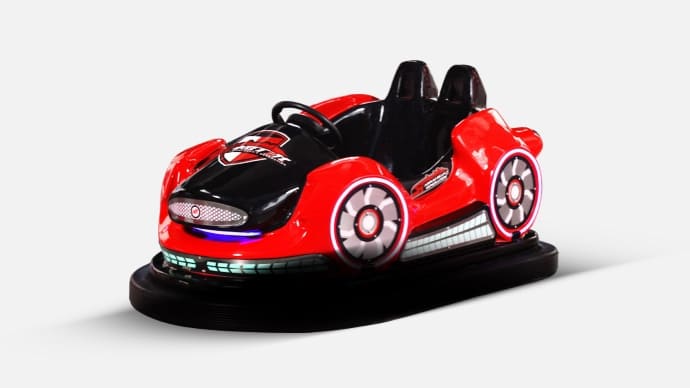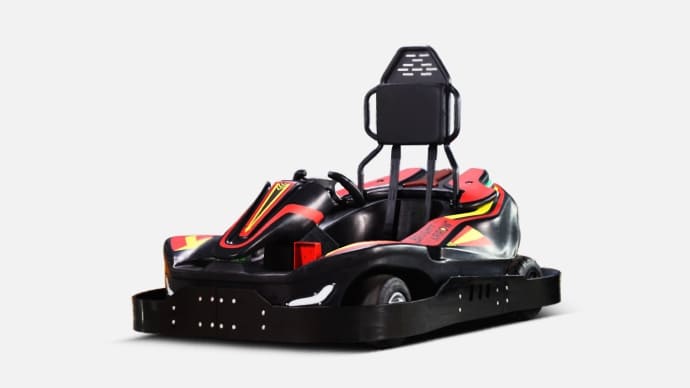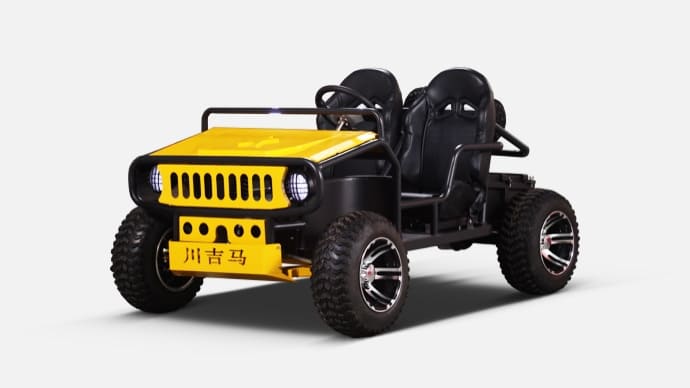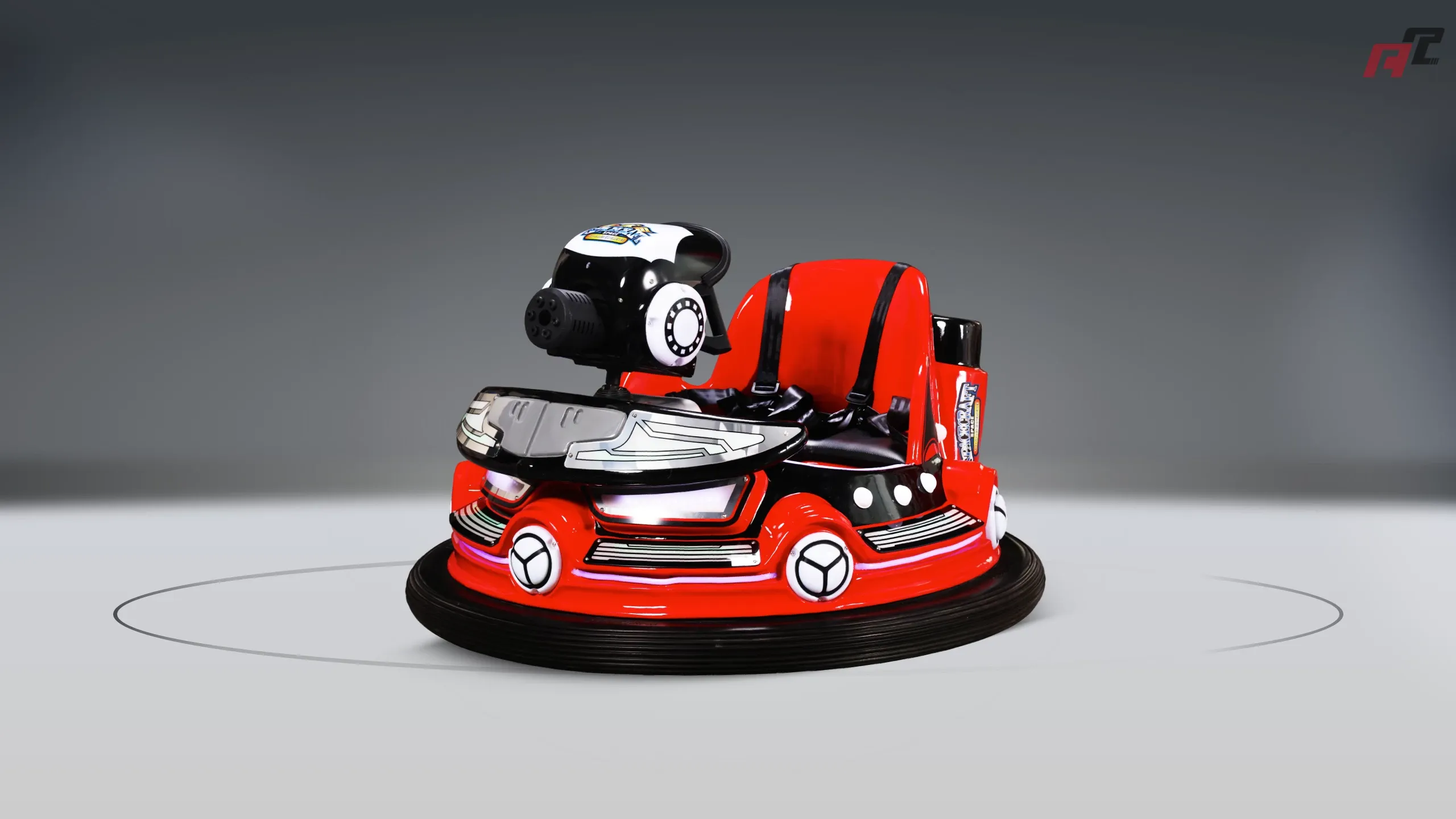Why Bumper Cars Can Bring Huge Profits to Amusement Parks
Discover how investing in high-quality bumper cars can significantly boost your amusement park's profits. ANCHI, a leading bumper car manufacturer, reveals the key factors driving ROI in this exciting attraction. Learn how our superior quality translates to increased revenue and lasting customer satisfaction. Maximize your amusement park's potential with ANCHI.
Introduction
A classic amusement park attraction, bumper cars have become an essential part of the attraction due to their unique charm and wide appeal to the public. Whether for a family outing or a get-together with friends, bumper cars provide fun and excitement, making them an essential part of any amusement park. This article explores why bumper cars can generate significant profits for amusement parks, reviews their origins and development, and finally introduces the different types of bumper cars and their benefits.
I. The Origin of Bumper Cars
The origins of bumper cars date back to the early 20th century, when amusement parks began to introduce electric rides to meet growing visitor demand. The first bumper cars were designed by American inventor George Carver in the 1920s and used electric power to allow vehicles to move freely and collide in a confined space. Over time, bumper cars have evolved into a staple attraction in modern amusement parks, becoming a favorite choice for many families and friends.
II. Market Appeal of Bumper Cars
The main advantage of bumper cars is that they are suitable for visitors of all ages. For children, dodgems are not only a safe form of entertainment but also a source of exploration and fun. For teenagers and families, bumper cars provide a relaxed and enjoyable interactive experience that strengthens emotional bonds between friends and family. Bumper cars can therefore attract large numbers of visitors and increase footfall in amusement parks.
In addition, modern bumper car designs emphasize safety, using advanced materials and technology to ensure that visitors can have fun while being fully protected. This sense of safety encourages parents to bring their children to play, further increasing attendance.
III. Types of Bumper Cars
There are two main categories of bumper cars: battery-powered bumper cars and floor-based bumper cars.
- Battery-Operated Bumper Cars
-
Battery-powered bumper cars do not require special flooring; they can be used as long as they are charged, making them very practical. Their chassis is usually made of steel, and the body is made of environmentally friendly fiberglass, with electrostatic painting for the iron parts. They are equipped with advanced sound systems, positioning, and lighting features. Typically, these bumper cars are designed to resemble cartoon characters, with bright colors that are very popular in the market.
-
Floor-Based Bumper Cars
Floor-based bumper cars require specially designed flooring, resulting in relatively higher initial investment costs. Despite the higher initial investment, floor-based bumper cars tend to offer better handling and higher speeds, appealing to thrill-seeking visitors.
Battery-powered bumper cars have become the preferred choice for many amusement parks due to their lower investment costs, ease of maintenance, and adaptability to different venues.
IV. Low-Cost, High-Return Investment
From an investment perspective, bumper cars are a highly profitable amusement attraction. Compared to larger attractions such as roller coasters, bumper cars have a relatively low initial investment and lower maintenance costs. This means that amusement parks can quickly recoup their investment and achieve profitability in a short period of time.
In addition, the flexibility of bumper car placement is another significant advantage. Amusement parks can position bumper cars in different areas based on actual conditions, maximizing the use of space. This adaptability allows bumper cars to fit into different amusement park layouts, further driving revenue growth.
V. Enhancing Overall Appeal of the Amusement Park
Bumper cars are not just a ride; they can also enhance the overall brand image of the amusement park. As a classic attraction, bumper cars can attract more visitors, especially families, increasing the overall appeal of the amusement park.
In addition, visitors who enjoy bumper cars often choose to spend money on other attractions and food within the park. This ripple effect of consumption allows for increased overall revenue for the amusement park, creating a virtuous circle.
VI. Marketing and Event Planning
To further increase the appeal of bumper cars, amusement parks can host various competitions and events on a regular basis. For example, organising bumper car races can not only increase the number of visitors, but also increase the visibility of the park. Through such events, visitors can enjoy the fun of the game while experiencing the thrill of competition, leading to longer visits.
Using social media for promotion is also an effective marketing strategy. By sharing exciting moments from bumper car rides, amusement parks can attract more young visitors and enhance both online and offline interactions, further increasing visitor numbers.
Conclusion
In conclusion, as a classic amusement park attraction, bumper cars have a rich history and broad market appeal, attracting visitors of all ages while offering a low-cost, high-return investment opportunity. In particular, high-quality bumper car manufacturers such as ANCHI offer safety, durability, smooth operation, customization options, and strong adaptability, making bumper cars a vital component of amusement park profitability. Going forward, amusement parks can continue to tap into the potential of bumper cars to generate more revenue and enjoyment.













